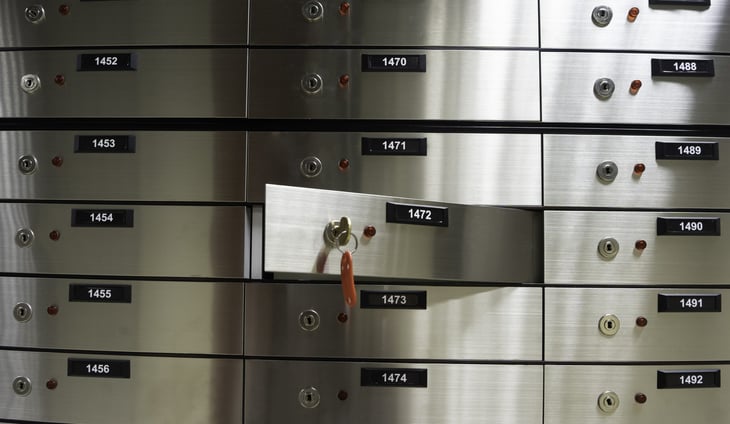
Despite being one of the most highly regulated industries in the U.S., banks take little to no legal responsibility for the contents of their safety deposit boxes.
If popular heist films like “Ocean’s Eleven” aren’t enough warning, here’s a depressingly real anecdote: A few years ago, The New York Times told the story of Philip Poniz in “Safe Deposit Boxes Aren’t Safe.” For three decades, Poniz stashed valuables in one at a local Wells Fargo branch. One day they were gone.
Poniz discovered the bank’s staff mistook his safe deposit box for that of another customer who hadn’t paid rent, according to the NYT report. After Wells Fargo sent the box contents to a storage facility, an estimated $10 million worth of Poniz’s watches and coins were lost. So were photographs and family documents.
“I thought my heart would fail, I was devastated,” Poniz told the newspaper. “I had never known that one can have a feeling like that.”
Here are several reasons you should avoid ever feeling what he felt on that day by not using a safe deposit box.
They aren’t insured by the FDIC
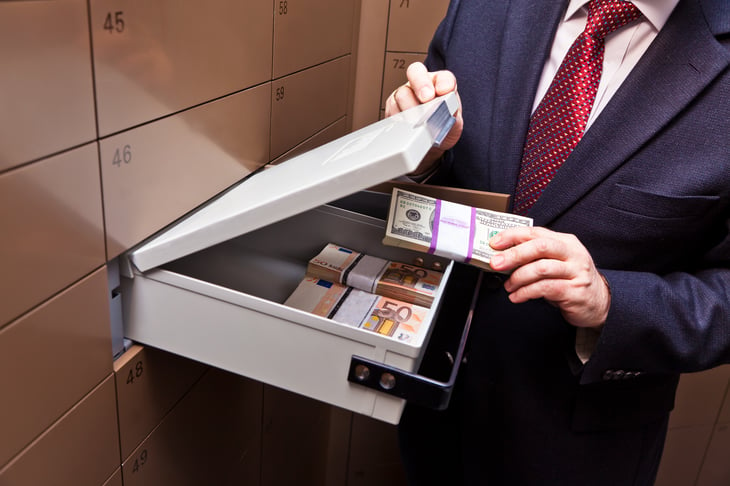
As a result of bank failures during the Great Depression, Congress created an agency called the Federal Deposit Insurance Corp. FDIC-insured banks generally cover $250,000 of a customer’s money in the unlikely event a bank goes insolvent.
Here’s the thing: FDIC insurance only covers deposit accounts like checking and savings accounts. Safe deposit boxes are only considered rental space in the bank. There’s no quarter-million-dollar cushion to fall back on if you stash cash in a safe deposit box and it goes missing.
The contents are not covered against damage or theft
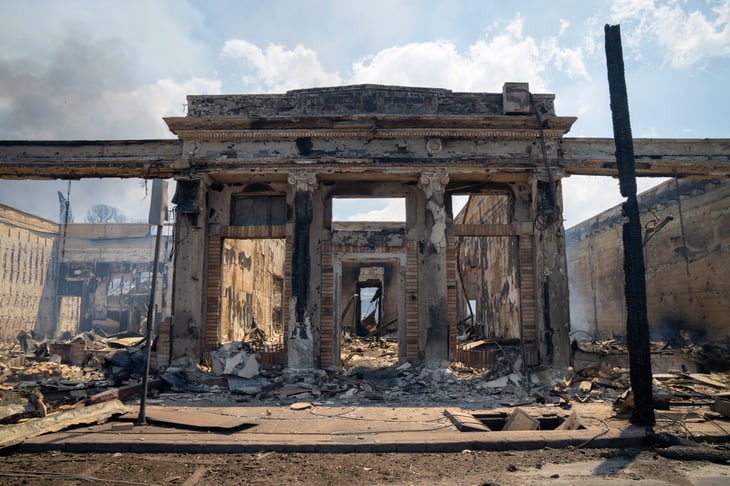
Natural disasters and theft may sound unlikely, but both happen.
In 2023, a First Hawaiian Bank branch burned to the ground in the Lahaina fire. Safe deposit boxes are made from tough metals, but they can act like an oven, burning up the contents within.
At least 80% of customers reportedly were reunited with their belongings, but that’s not everyone.
You’re even out of luck if the bank catches fire or washes away in a natural disaster, says the FDIC. The same goes in the case of theft. The best you can do is buy safe deposit box insurance.
You won’t always have access
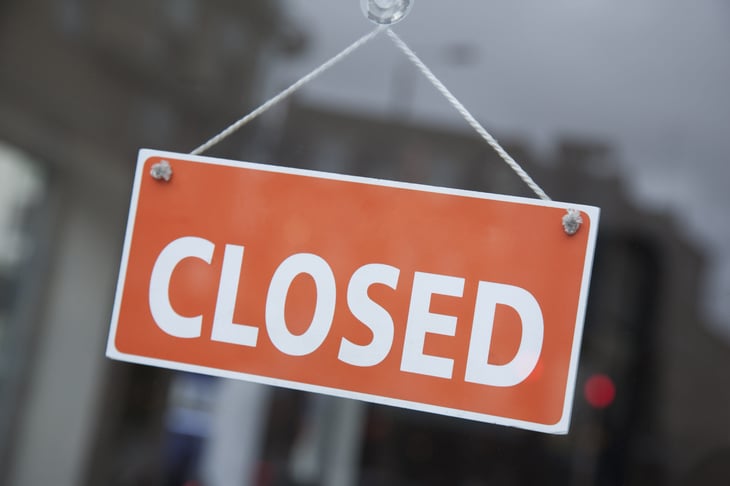
Many banks require an appointment to check on the contents of your box. Even if your bank doesn’t, if you need your valuables on short notice when the bank is closed, what can you do? Unfortunately, the answer is to wait.
That can be a problem for bank customers who store passports and might need to travel internationally for a family emergency, or store legal documents they might need to access on no notice.
You can only check on your safe deposit boxes during bank hours. So if it’s a holiday and you need what’s in that box – tough luck. And even when the bank is open, there may not be enough staff to help you in a pinch.
If you die, it could be hard for others to access your box
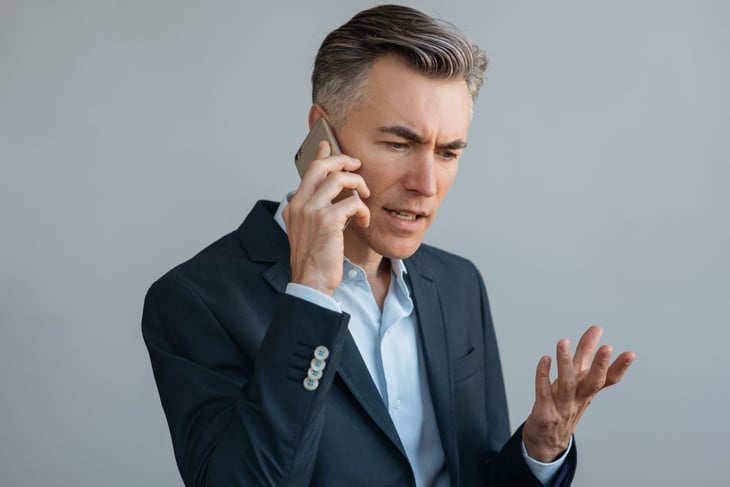
Granting a loved one access to your safe deposit box isn’t as simple as handing them the key. Different states have different laws restricting who can open someone else’s box after a person dies.
You might have to track down legal documents like a death certificate proving to the bank the box holder is deceased or a will proving you are executor of the holder’s estate. In some cases, the courts might have to grant permission for you to open the box, so you also might need to involve a lawyer.
You have to keep paying

Banks charge fees to rent a safe deposit box. Prices vary from as low as $15 to as high as $150 annually. The biggest factor determining those costs is the size of the box. Personal finance site Bankrate says the average price is $1 per inch.
What if you stop paying? The process can vary by state, but your bank likely will turn over the contents of your safe deposit box to your state government sooner or later. At that point, you’d have to go through the applicable state agency or the National Association of Unclaimed Property Administrators to retrieve the contents — assuming it didn’t go missing like Poniz’s watches and coins.





Add a Comment
Our Policy: We welcome relevant and respectful comments in order to foster healthy and informative discussions. All other comments may be removed. Comments with links are automatically held for moderation.